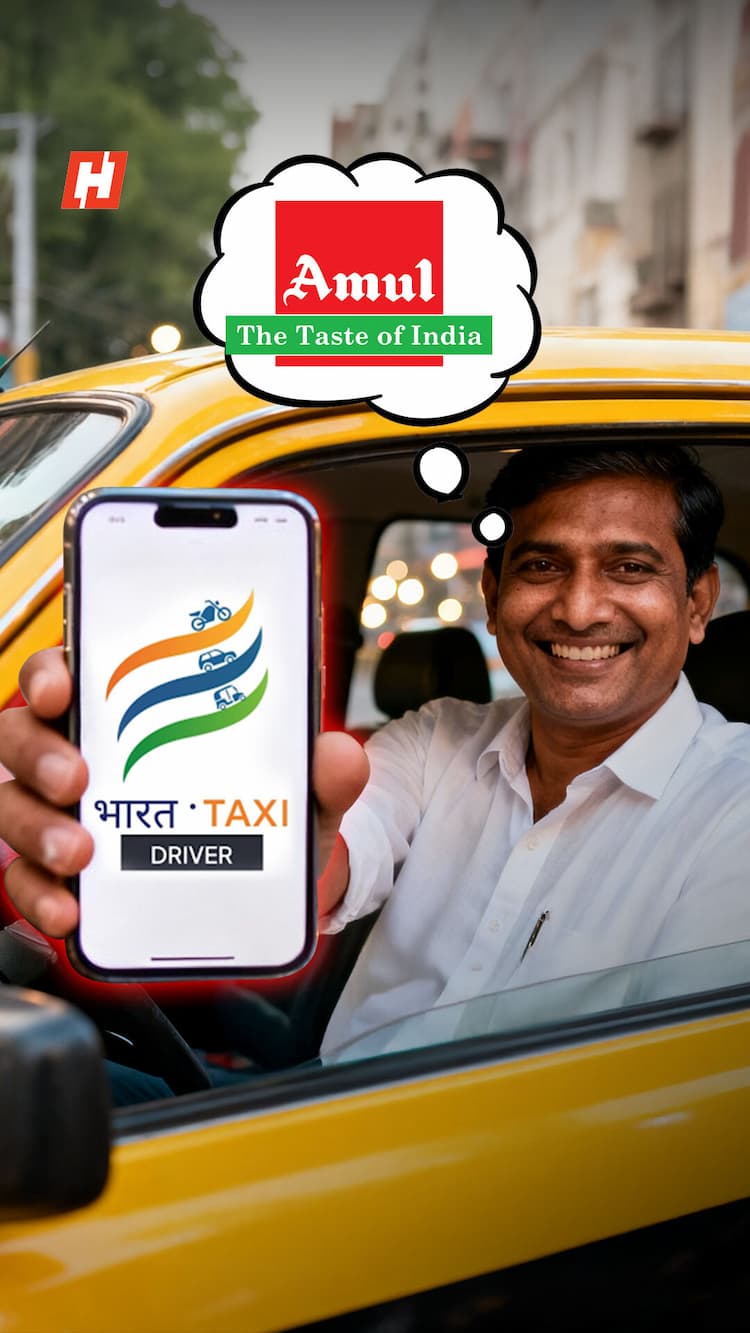Cane sugar in Coke: Trump wants (and gets) what India already has
Where is Coca-Cola healthier, India or the United States? It sounds like a joke, but there’s truth in it. Coca-Cola in India may actually be “healthier” than its American counterpart. Why? Because in India, the iconic soda is sweetened with cane sugar, while in the US, it’s high-fructose corn syrup (HFCS) that dominates the recipe.
Now, in a move that’s as political as it is nutritional, the US is about to get its own cane sugar Coke variant.
Trump, RFK Jr. and the Sugar Wars
Under the “Make America Healthy Again” campaign, US Health Secretary Robert F. Kennedy Jr. has been pushing back hard against HFCS, calling cane sugar a better, more natural alternative. And President Donald Trump agrees. So much so, that Coca-Cola has announced a new cane sugar variant launching this fall in the US.
But here’s the twist: Is cane sugar really better?
Same Calories, Bigger Price Tag
Nutritionists say that cane sugar and HFCS have almost identical effects on the body. Same calories. Same metabolic response. The real issue isn’t which sugar, it’s how much sugar.
What’s different, though, is the price. Cane sugar is 10–30% more expensive than HFCS. For Coca-Cola, a complete switch could cost up to $1 billion extra per year. No wonder this is just a limited rollout for now.
Throwback to Mexican Coke
If this sounds familiar, that’s because Coca-Cola launched a Mexican-made cane sugar version in the US in 2005. Packaged in glass bottles, it developed a cult following. This new variant seems to be its spiritual successor—only now, with political backing.
So What Changes for India?
Absolutely nothing. India already uses cane sugar in Coke. But in the US, it’s not about health, it’s about symbolism, branding, and perhaps a little bit of Trump-style nostalgia.









